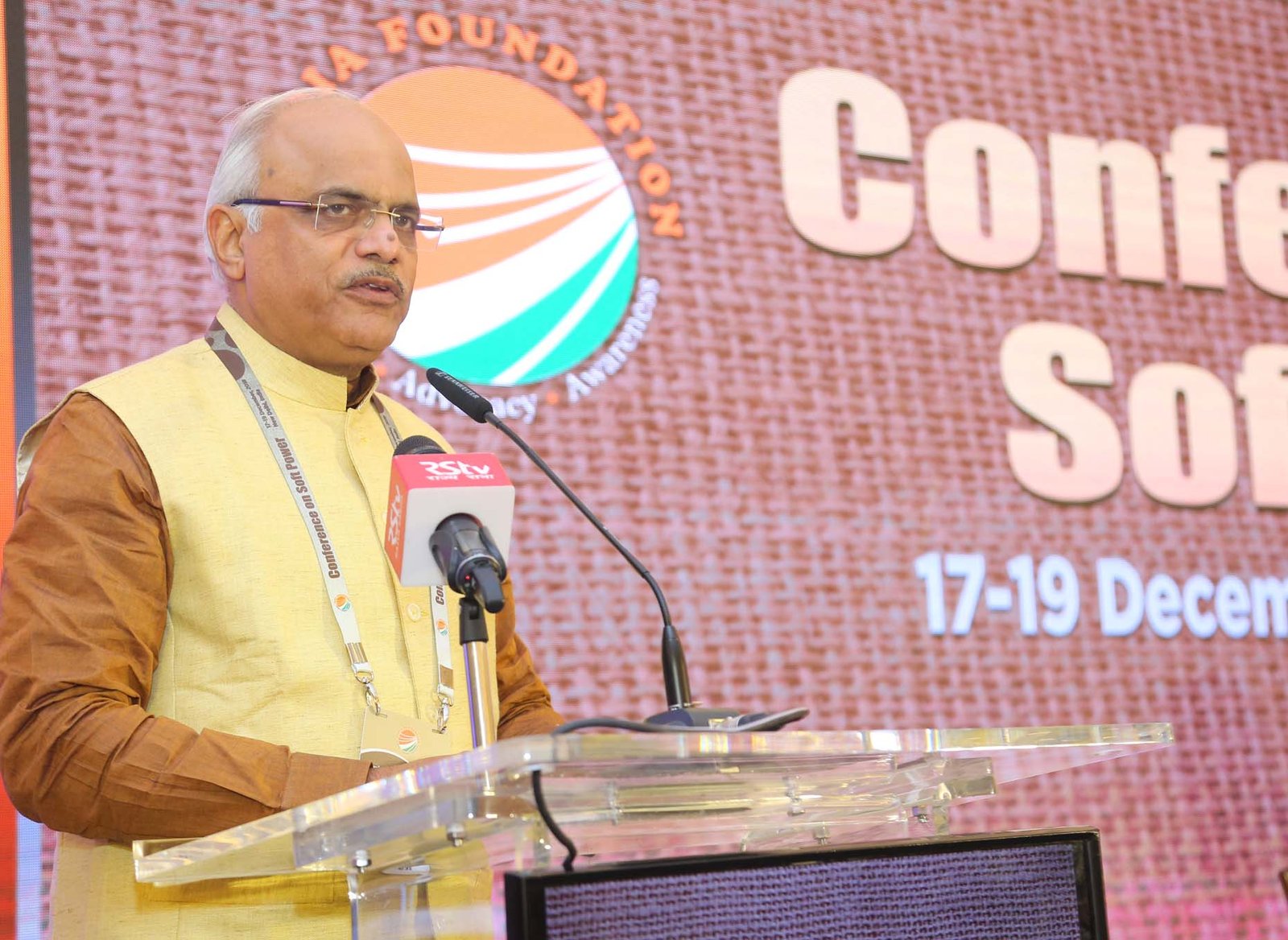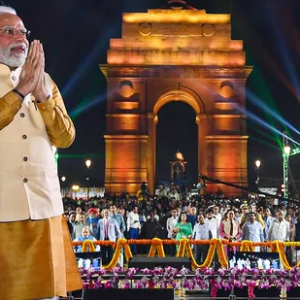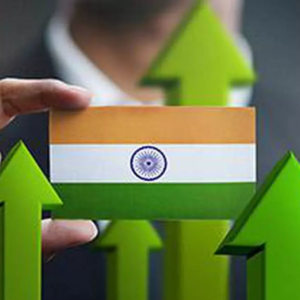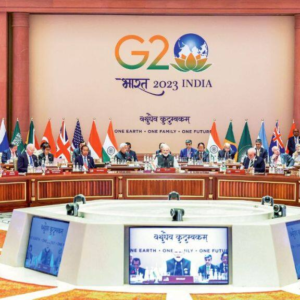The concept of ‘soft power’ formally emerged and took concrete shape only after the disintegration of the Soviet Union. In a way, it could largely be described as a post-Cold War phenomenon, which is now an established aspect of the contemporary discourse on international relations. The very timing of the formal emergence of the term ‘soft power,’ underscores the fact that it was the stark realisation of the limitations of hard power, that gave impetus to new ways of thinking on what could be done to shape perceptions in a non-coercive manner.
Soft power is essentially about mind space and not geographical territory. Those who pursue hard power indulge in obvious protectionism, while advocates of soft power reject the notion of boundary walls, making the world of soft power a borderless glow. Protagonist of hard power always bank upon military might, which in turn leads to friction and fragmentation. On the contrary, soft power helps withering away of borders. Soft power is a uniting factor, whereas hard power has an element of disintegration inherent to it. However, now that the impact of soft power is becoming more and more telling, greater and in-depth analysis of the changing definition of soft power and its expanses is also increasing, and the parameters within which soft power issues will have to be handled has become extremely important. Unless these issues are deliberated upon and some consensus is evolved, we may see a clash of civilisations rather than a confluence of civilisations.
Soft power, by definition, abhors any kind of coercion and therefore hegemony of a thought order. Monopolistic approach in any manner is unsustainable to any idea of a genuine soft power. To put it in terminologies that we understand, soft power is like Karishma – not that of a person, but of a country, community, or culture. And when it comes to Karishma, there is an essential element of magic and inexplicable pull of factors, a kind of attraction out of sheer curiosity which is inherent to it. It is understandable therefore, that cultures and civilisations known for colourfulness, liveliness, verve and warmth easily transform themselves into what, perhaps in the future, may be described as ‘super soft powers’ or ‘soft super powers’. And when it comes to colours, principles of harmony need a special emphasis.
To ensure this essential harmony, what is required is to bring all soft power agencies and apparatus on one platform and evolve some dos and don’ts in the concept of soft power enhancement by different countries. If we converge the soft power enhancement mechanisms into equipment of confluence of cultures and civilisations, every country would be able to create an understanding about its own culture world over, and such understanding would later pave the way for a strong mutuality, leading to a frictionless world of peace, harmony and co-existence.
Most of the problems that the global society is facing today have emerged from lack of proper understanding, leading to wanton misinterpre-tations of belief systems and cultures and these very factors have given a fillip to tendencies unfortunately of terrorism and violence. It is therefore, incumbent upon all of us to work for universal soft power regime, with equality of respect, equality of opportunities, and equality of security being provided to all. There is a need for spiritual and cultural democracy as the common minimum premise. The Indian Council for Cultural Relations (ICCR) is working in this direction so as to ensure that the generation next gets a brighter future with peace, freedom and prosperity, and of course, freedom from terror and violence.
(This article is a summary of the address delivered by Dr. Vinay Sahasrabuddhe,
President, Indian Council for Cultural Relations (ICCR) on 17th December 2018 at the inaugural session of the Conference on Soft Power at New Delhi, organised by India Foundation.)
(This article is carried in the print edition of March-April 2019 issue of India Foundation Journal.)




